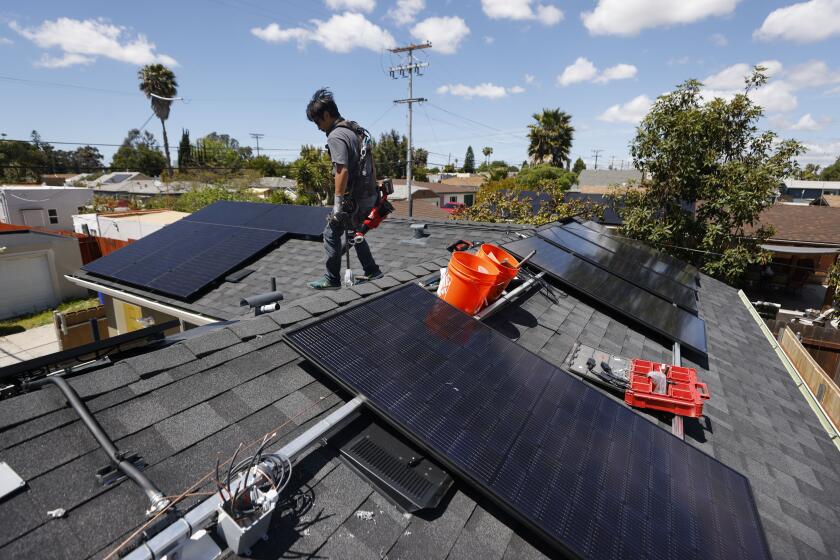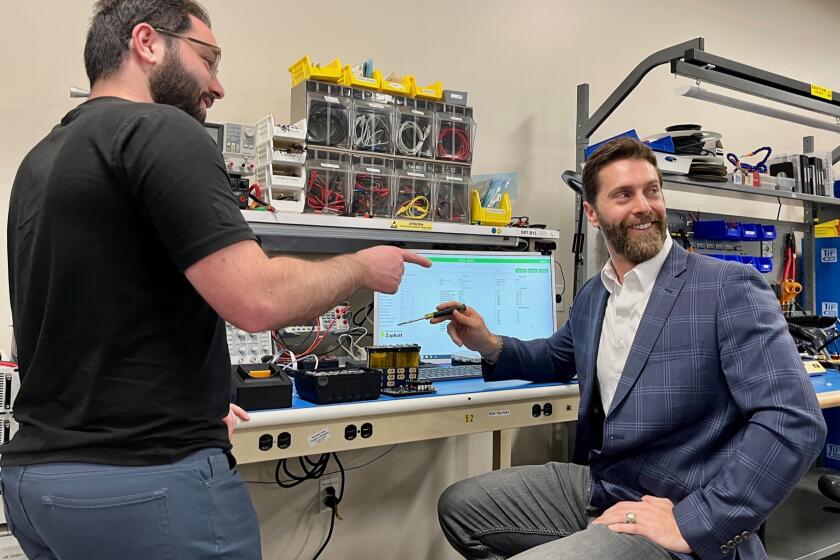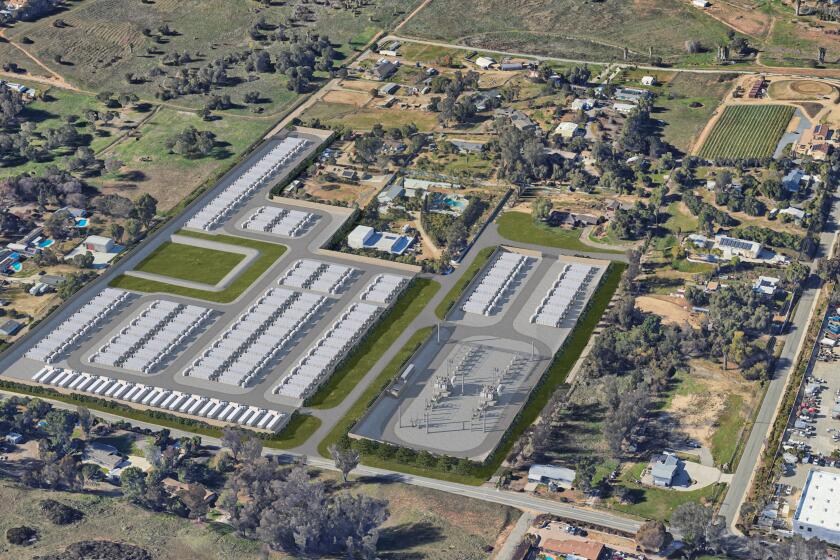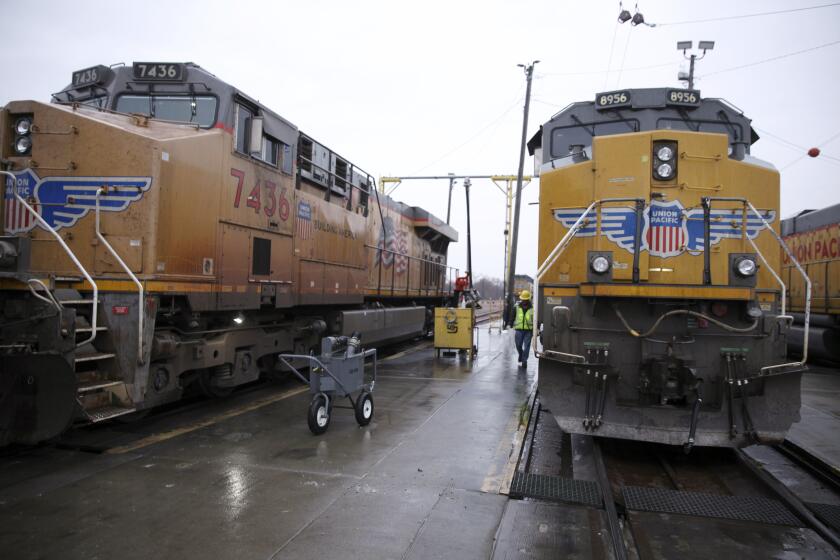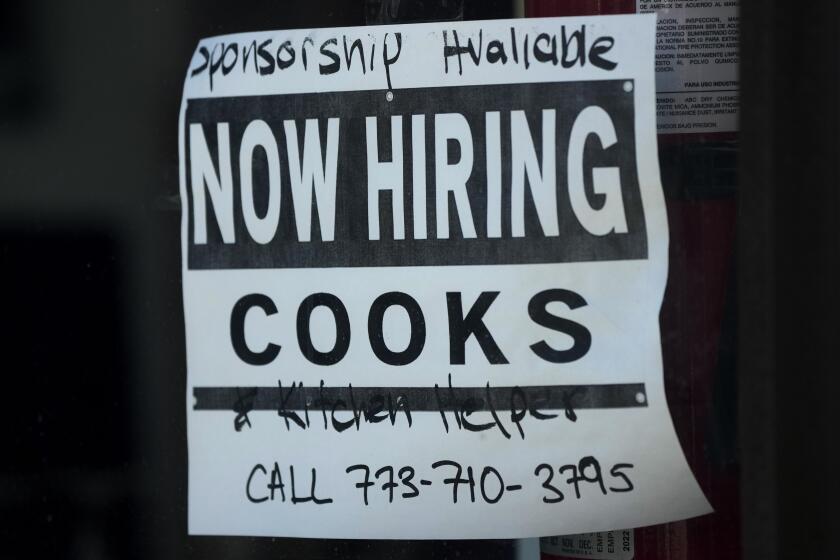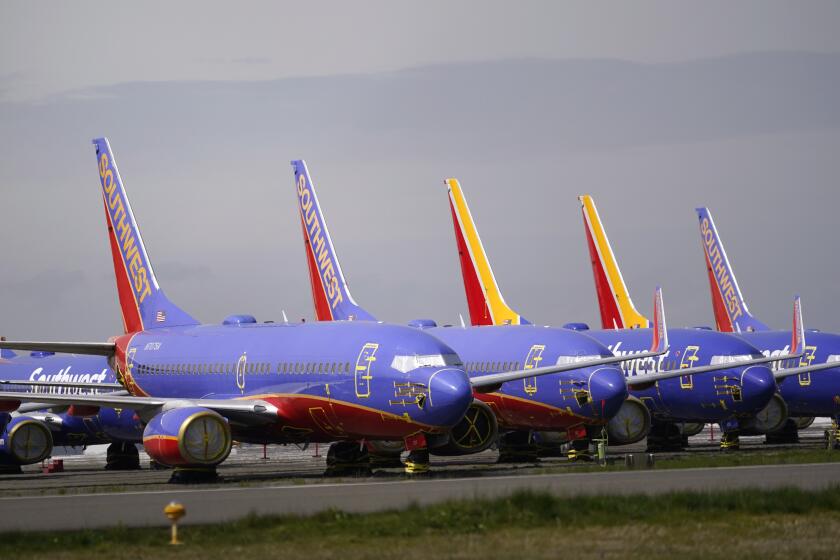Mexican president wants to make a deal with Sempra on LNG project

Expansion of the Energia Costa Azul plant would lead to natural gas shipments to Asia and other markets
San Diego-based Sempra Energy has been waiting about a year for one final permit from the Mexican government to proceed on making a final investment decision to expand a liquefied natural gas, or LNG, facility near Ensenada. At a Friday news conference in Mexico City, President Andrés Manuel López Obrador said the permit will be granted, provided the company helps the Mexican government take excess gas off its hands.
“If the company helps the CFE, the public finances, by taking over a volume of gas that the previous government bought, then it could be granted permission,” López Obrador said during his daily morning news conference in Mexico City. CFE is Mexico’s state-owned electric utility.
Sempra did not immediately respond to an email asking to comment on the Mexican president’s remarks.
The comments were not a complete surprise, as there has been speculation the López Obrador administration has floated the idea of making the permit conditional on Sempra and its Mexican subsidiary, IEnova, helping the government on various energy issues. The permit would be the first of its kind for Mexico.
“Horse-trading at its finest,” said Jeremy Martin, vice president of Energy and Sustainability at the Institute of the Americas, a think-tank located at the University of California San Diego.“It’s a transactional thing ... To be fair, this is one of those things where, ‘OK, if you want this project, you want it to happen in Baja and Ensenada, what’s in it for the people of Mexico and what are we going to get out of this?’”
López Obrador, also known colloquially by his initials, AMLO, told reporters that supply contracts agreed to by the previous government obligates CFE to buy natural gas that is not needed because most of the power plants in the northern Pacific coastal region are equipped to burn fuel oil.
“If we stop buying all that gas that is not used and that we have to pay for, and if (Sempra) helps us export that gas via that plant in Ensenada, then we’ll give the permit,” López Obrador said, according to Reuters. AMLO has long been a critic of the energy reform measures put into place in 2013 and 2014 that opened up investment in Mexico by foreign companies.

IEnova operates the Energía Costa Azul LNG facility near Ensenada, which opened in 2008 as an import facility. But IEnova and Sempra have designs on adding an export component to the plant that would send cargoes of natural gas to energy-hungry markets such as China and Japan. Last week during a third-quarter earnings call, Sempra CEO Jeff Martin said the company expected to receive the permit by the end of November, which could lead to the project getting the green light by the end of the year.
Martin said the proposed expansion would be the largest construction project in the history of Baja California.
An LNG export facility on the Pacific is considered lucrative because most U.S. terminals are located in the Gulf of Mexico and in order for shipments to go to Asia, tankers have to go through and pay tolls at the Panama Canal. A facility in Baja can skip the tolls and arrive at their destinations in the Pacific in about half the time.
The natural gas would come from fields in the U.S., such as the Permian Basin in West Texas and southeastern New Mexico, and arrive at Energía Costa Azul via pipeline.
In the LNG process, facilities take the gas, cool it to minus-260 degrees Fahrenheit, load the liquefied product onto specially made cargo tanks on double-hulled ships and ship the LNG to markets overseas.
Get U-T Business in your inbox on Mondays
Get ready for your week with the week’s top business stories from San Diego and California, in your inbox Monday mornings.
You may occasionally receive promotional content from the San Diego Union-Tribune.


